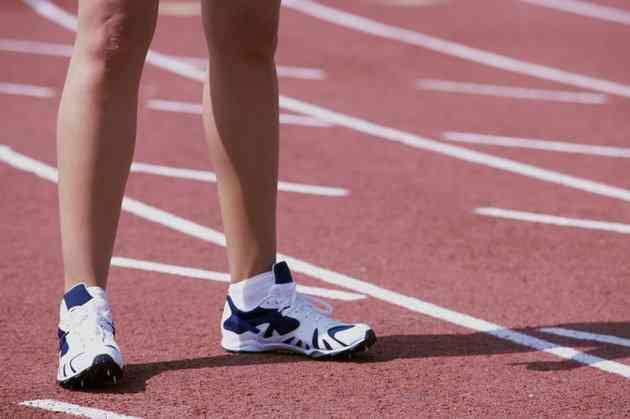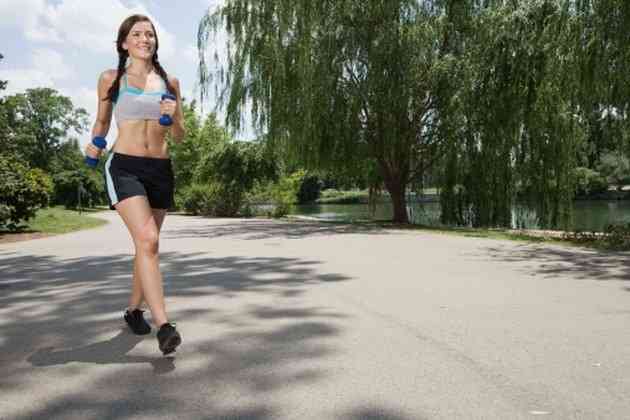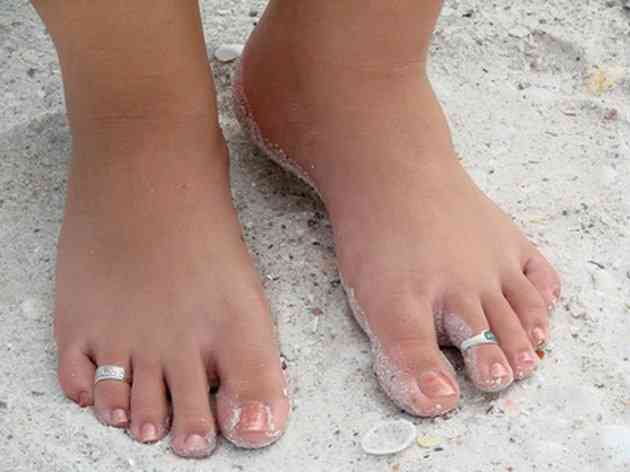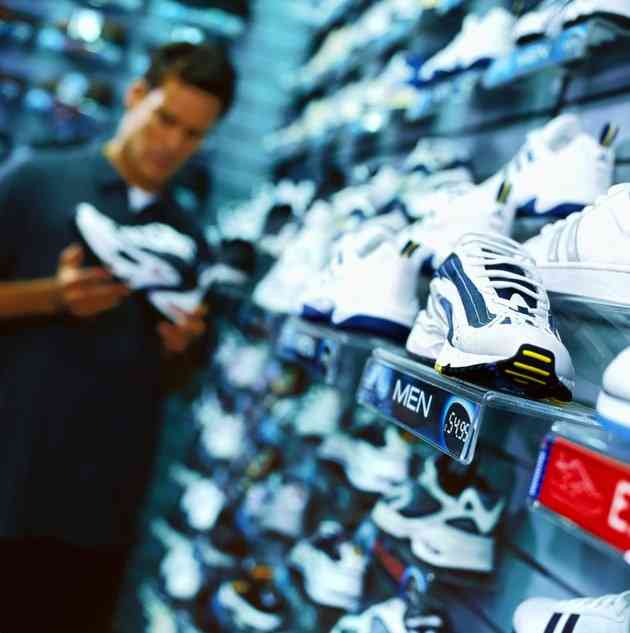The Best Running Shoes for Knee Pain

Knee problems while running often arise because you're wearing the wrong type of shoes for your foot shape and stride. If your doctor has ruled out serious problems, head to your local running store for a gait analysis to determine whether you overpronate, supinate or are a neutral runner. This information about your foot stride is essential in choosing the best shoes for you.
 An athlete wearing running shoes on an outdoor track. (Image: Purestock/Purestock/Getty Images)
An athlete wearing running shoes on an outdoor track. (Image: Purestock/Purestock/Getty Images)Turning In
Pronation is a natural inward roll of your foot as you run. Neutral runners exhibit a slight amount of pronation, but overpronators roll in excessively, which puts a lot of pressure on your knee joint. The best shoes for overpronators are ones that provide stability or motion control. The amount of stabilization you need depends on your degree of pronation. The stability is provided by a thick, hard material in the arch point of the shoe which prevents the excessive rolling in of your foot.
Turning Out
Supination is a rarer condition than pronation and is characterized by a outward roll of the foot. The best running shoes for a supinator are those that provide cushioning and flexibility. A stabilizing shoe will aggravate knee and other joint problems in supinators because it exaggerates your rolling-out motion.
Neutral Ground
The best shoe for neutral runners offers some stability, but is not labeled "motion control." If you do a lot of running over uneven terrain, your knees may appreciate a shoe with extra cushioning too. Ultimately, you have to try on several shoes and determine which one works for you. No one shoe is the best for every runner.




